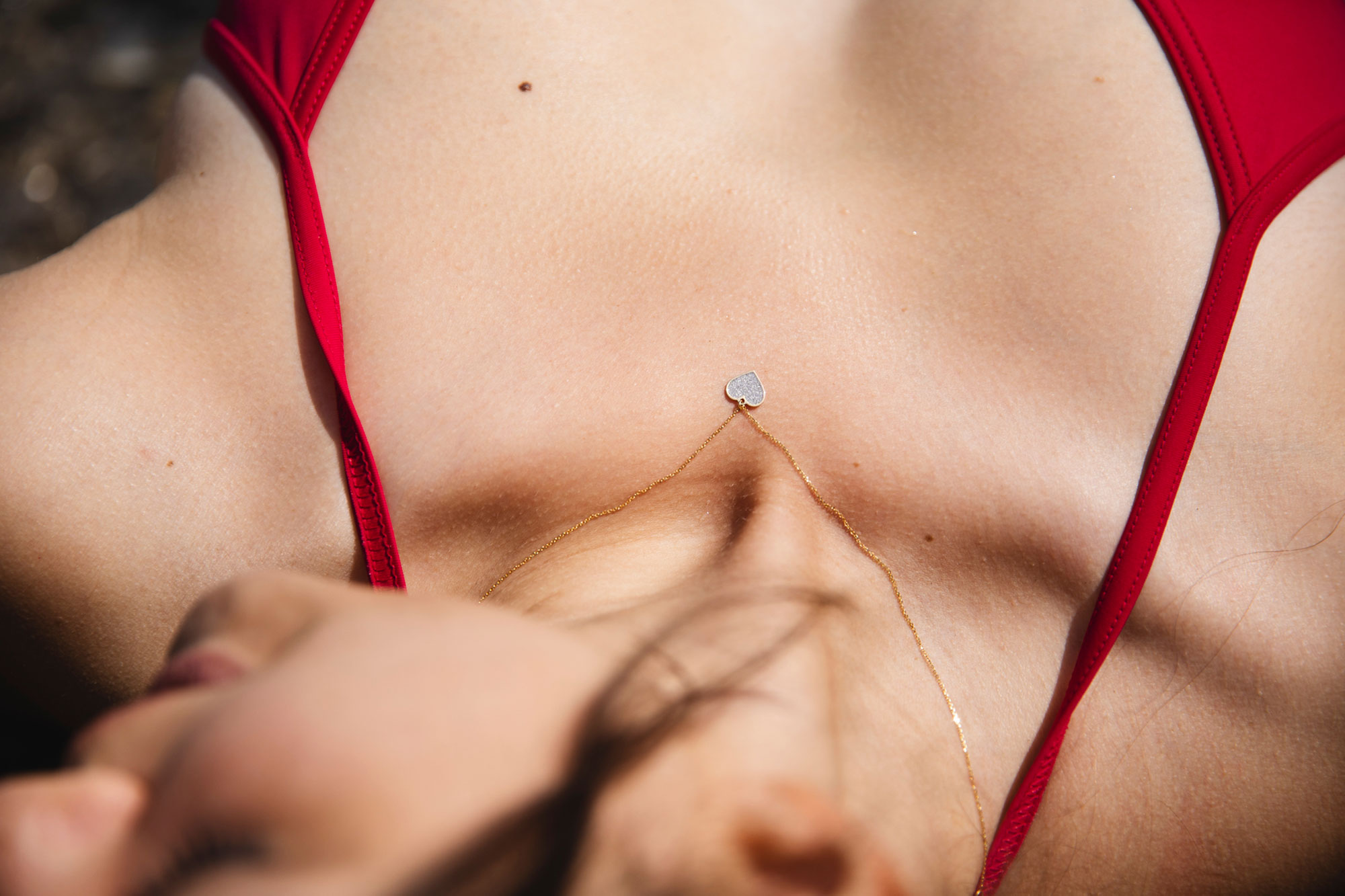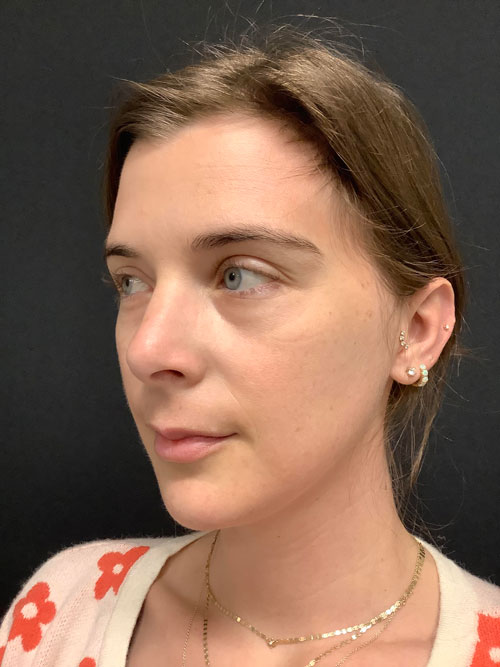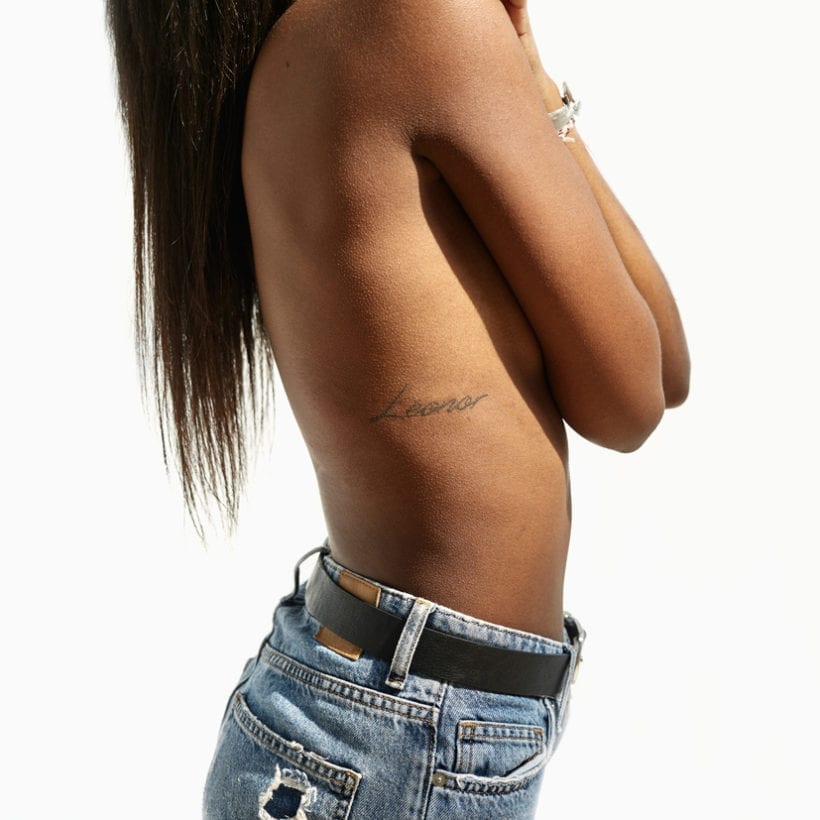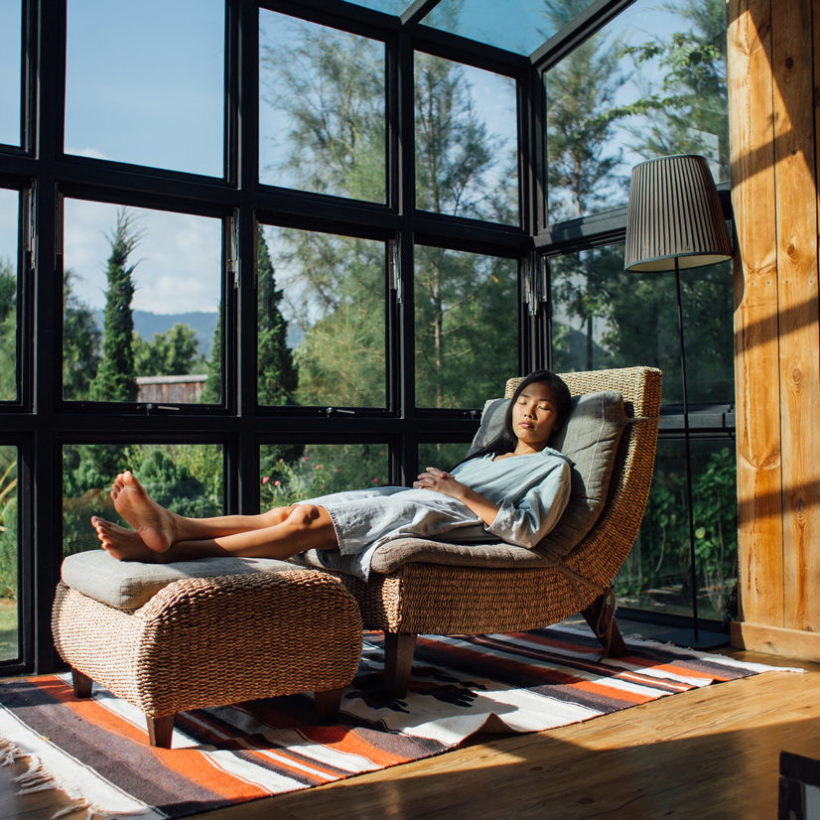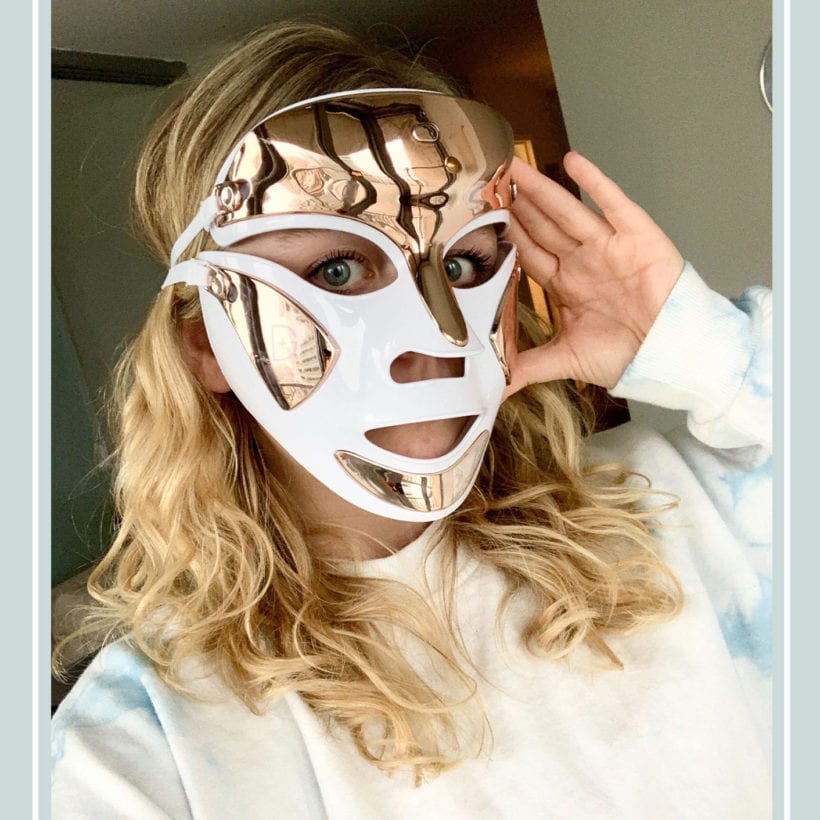As a born-and-raised Angeleno, I’m a sun worshiper and have spent most of my life basking in her warm and inviting glory. But, as I have entered my 30s, I’ve noticed my skin hasn’t loved the sun as much as my soul does. As a result, some small but noticeable signs of sun damage have begun to make their way to the surface of my complexion. Luckily, there’s a treatment that specifically targets these skincare woes. It’s called, Intense Pulse Light therapy, aka IPL. While my sun spots weren’t too noticeable, I didn’t want them to worsen, so I gave IPL a try.
Up ahead, find out what it is like to try IPL for sun damage, the benefits, the best time to get an IPL treatment, and why it might be the perfect post-summer skin rehab.
What Is IPL?
Also referred to as a photofacial, IPL is a type of therapy that “uses a broadband wavelength of light energy to heat the surface of the skin in a controlled manner to improve overall skin quality and achieve an even pigmentation,” says Odessa Andaya, an aesthetic nurse practitioner at SkinSpirit.
@gillianxgrace I’m so excited to see the results of the first treatment! #ipl #ipllaser #acnescars ♬ Love You So – The King Khan & BBQ Show
Many compare it to a laser treatment, which is an accurate description after my experience. But, while IPL might be considered similar to laser — especially when applied to your complexion (more on that later) — it does have its differences. Lasers use one light wavelength to target and treat the skin, whereas IPL taps into many wavelengths to address skin concerns.
One of the key reasons someone might want to try out an IPL treatment is that it can target the more visible and pigmented signs of sun damage, such as brown spots. It’s also considered a “non-ablative” treatment which means that it doesn’t cause damage to the skin and has a larger spot size, which makes the treatment “quick with minimal discomfort,” says Andaya. Essentially, the IPL comes in contact with the complexion and target’s the skin’s melanin and hemoglobin to lighten hyperpigmentation, redness, broken capillaries, sun spots, blemishes, and uneven skin tone.
Another cool side effect of IPL is that it can boost collagen production. This isn’t considered a primary benefit or reason to get IPL, but it is a nice side effect. “Because IPL utilizes heat, this encourages a natural healing response to build collagen and elastin,” says Andaya, noting how this can trigger a slight skin tightening. Other potential side effects include “redness, inflammation, dryness, peeling, and scabbing.”
As far as the cost of IPL goes, it depends on where you book your appointment. Typically, IPL ranges “from $175 to $650 per session, based on the treatment areas,” says Andaya.
When to Get IPL
Technically, you could go in for an IPL treatment at any time of the year. However, it’s best to avoid it in the summertime since you aren’t supposed to expose your complexion to the sun’s rays post-treatment. According to Andaya, IPL treatments are typically most popular at the end of summer, after exposure to the sun and heat. “Sunspots and pigmentation may return as early as 30 minutes in the sun with no sunscreen or protection,” Andaya notes. With that in mind, many go in for a session (it’s recommended to do 1-3 sessions, based on your needs) in the fall to help reverse some of the damage their summer fun left on their complexions. Andaya recommends doing up to three sessions (the number of sessions depends on your individual needs) once per year to maintain clear skin.
The best candidates for IPL are people with “blotchy, freckly, sun-damaged skin, as it is an effective treatment to address pigmentation,” says Andaya. With that said, not all skin types can benefit from an IPL treatment. As Andaya says, people with darker skin tones or deeply tanned skin are not good candidates “due to the high risk of burns and hyperpigmentation.” Another concern to consider before getting an IPL treatment is melasma since it is not recommended to use IPL on areas with melasma hyperpigmentation.
My First-hand Experience with IPL
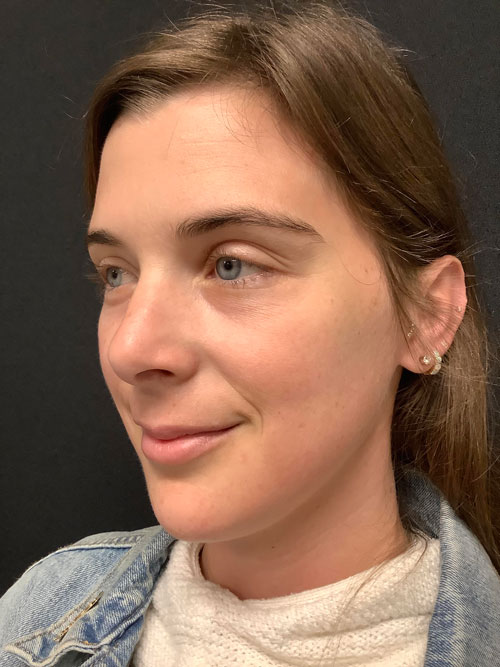
As someone who spent most of their life in the California desert heat, my skin is no stranger to UV exposure. I absolutely love the sun — laying out in 110-degree Palm Springs heat is my favorite kind of day. My skin is fair, so I do the best I can to protect it from the sun. And, for the most part, I’ve done a pretty good job of it, as I feel like my concerns could be worse based on how much I love the sun. As I entered my 30s, I noticed some pesky sun spots creep up on the sides of my complexion, especially on the driver’s side, where I’m sure sitting in Los Angeles traffic played a crucial part in my sun damage. Another thing that has found a comfortable spot to reside on my complexion is melasma, which can make an IPL treatment a tad tricky since it’s not recommended. I happen to only experience melasma on my upper lip, and as much as I would like to zap it away, it was easy to avoid during the IPL treatment.
Before the treatment, I was advised not to use any skincare products that might cause skin sensitivity, including retinol, hydroquinone, and glycolic acids, at least one week before my appointment. In addition to this prerequisite, I was told to avoid intense sun exposure for at least three weeks and self-tanning products.
I arrived at my appointment with no makeup and fresh skin and was immediately whisked away to a treatment room to snap some before photos of my complexion. For the first session, my main focus was to target the left side of my complexion, where my skin has experienced the most sun exposure from driving in the sun over the years. Additionally, I wanted to treat some spots on my nose and a few spots on the right side of my face.
Once my “before” photos were complete, I laid down on the treatment chair, and the nurse practitioner gave my complexion a quick cleanse before getting started — I loved this part because it felt like I was receiving a mini facial. With my face cleansed, the nurse practitioner then applied a gel formula to the areas that would be exposed to the IPL device. This gel was similar to the gel used for laser treatments and provided an excellent barrier between my complexion and the device, keeping it cool and comfortable during the treatment. Once my face was fully prepped, it was time to jump in.
The IPL device was placed on each area of concern while the nurse practitioner triggered the wavelengths. Overall, the motions didn’t cause any pain or irritation; they mostly felt like someone was lightly snapping a rubber band on my skin in each area. The hardest part was my reflexes! I kept flinching every time the device would get triggered. The first session was done within a few short minutes, and I was sent on my way.
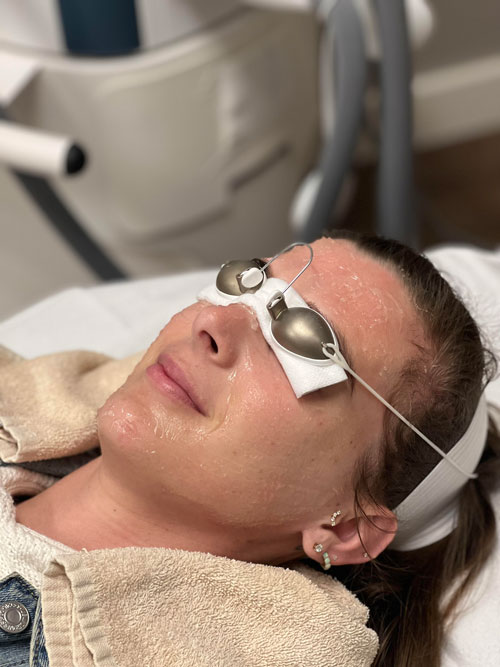
About a week after my first treatment, I noticed that some of the spots on my skin had lightened a bit, but I wanted to go in for one more session to target some of the more stubborn damage. So, I booked another appointment and was back in the treatment room a little more than one month after my first session. This time, the nurse practitioner took another set of photos so we could compare the progress of my concerns. While the spots didn’t completely vanish, many of them had lightened, so I felt excited about doing another treatment.
The second treatment was the same as the first; only the nurse practitioner pulled out a smaller IPL device to target some of the more significant areas of concern, including a larger sunspot on the left side of my face.
I cared for my skin post-treatment for both sessions by avoiding hot environments (such as a hot bath or hot yoga class) for the first 24 hours. Additionally, I stayed away from sun exposure for a few weeks and applied a sunscreen with SPF 30 and Zinc Oxide (you can also use one that has Titanium Dioxide) — plus, I remembered to reapply often. After the treatment, your skin can feel a little sunburned (but, don’t worry, it doesn’t look like it), so cooling aloe vera masks can provide some comfort. My skin felt a little more dry than usual, so I slathered on moisturizing formulas after each treatment and continued to do so for the following weeks.
The Verdict
My goal was to lighten up some of the darker spots on my face, and I did experience some pigmentation lift. Though I’m glad I tried IPL, I don’t think I was the best candidate for the treatment. While I do have some signs of sun damage on my complexion, I came to learn (from the nurse practitioner) that they are likely a lot deeper and, therefore, not as easily penetrated by the IPL. Instead of trying to erase past sun exposure with IPL, I should use it as an immediate, post-summer recalibration, helping to erase some of the newer, more surface-level damage that might be caused each season before it becomes as deep as the other spots on my skin.
One surprising benefit was a tightening sensation of my complexion, which the nurse practitioner said was likely caused by the collagen-boosting benefit of IPL. I experienced it a little after my first treatment and then felt it even more after my second treatment.
